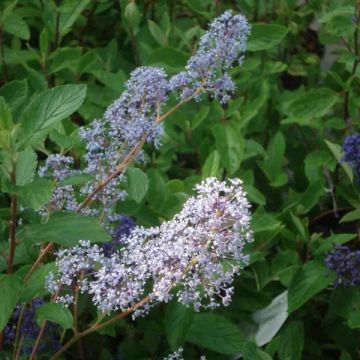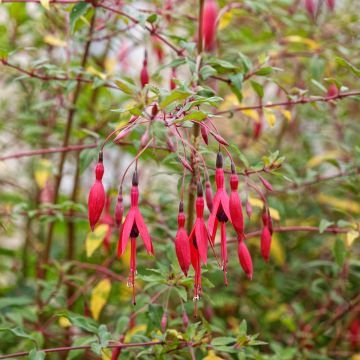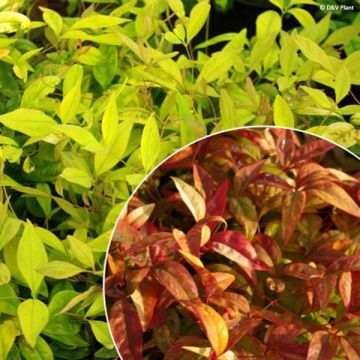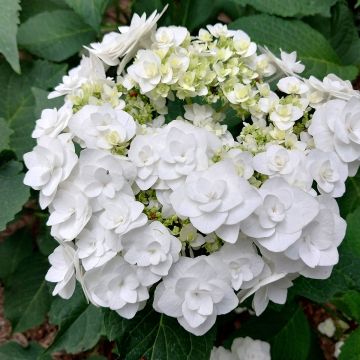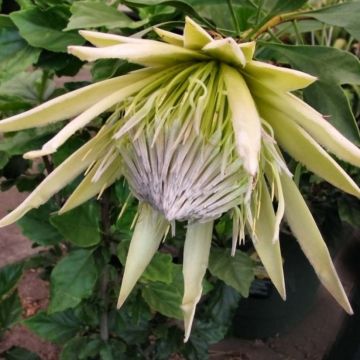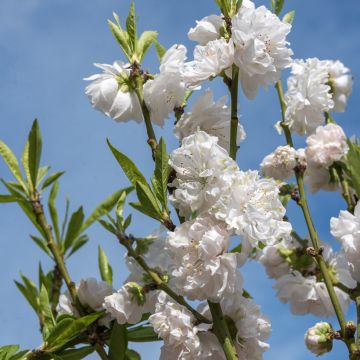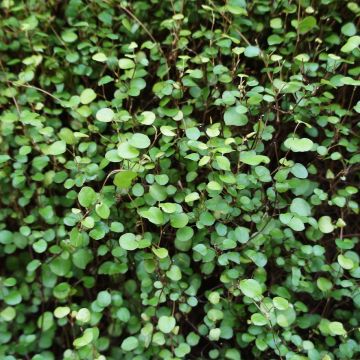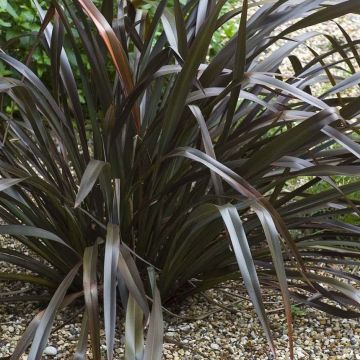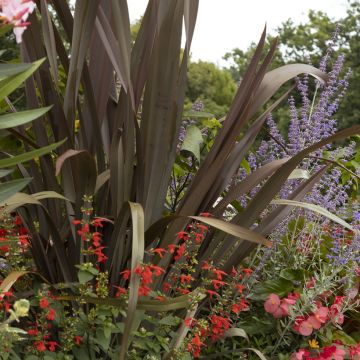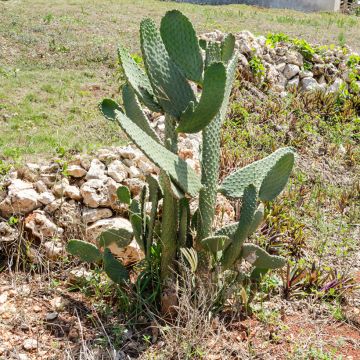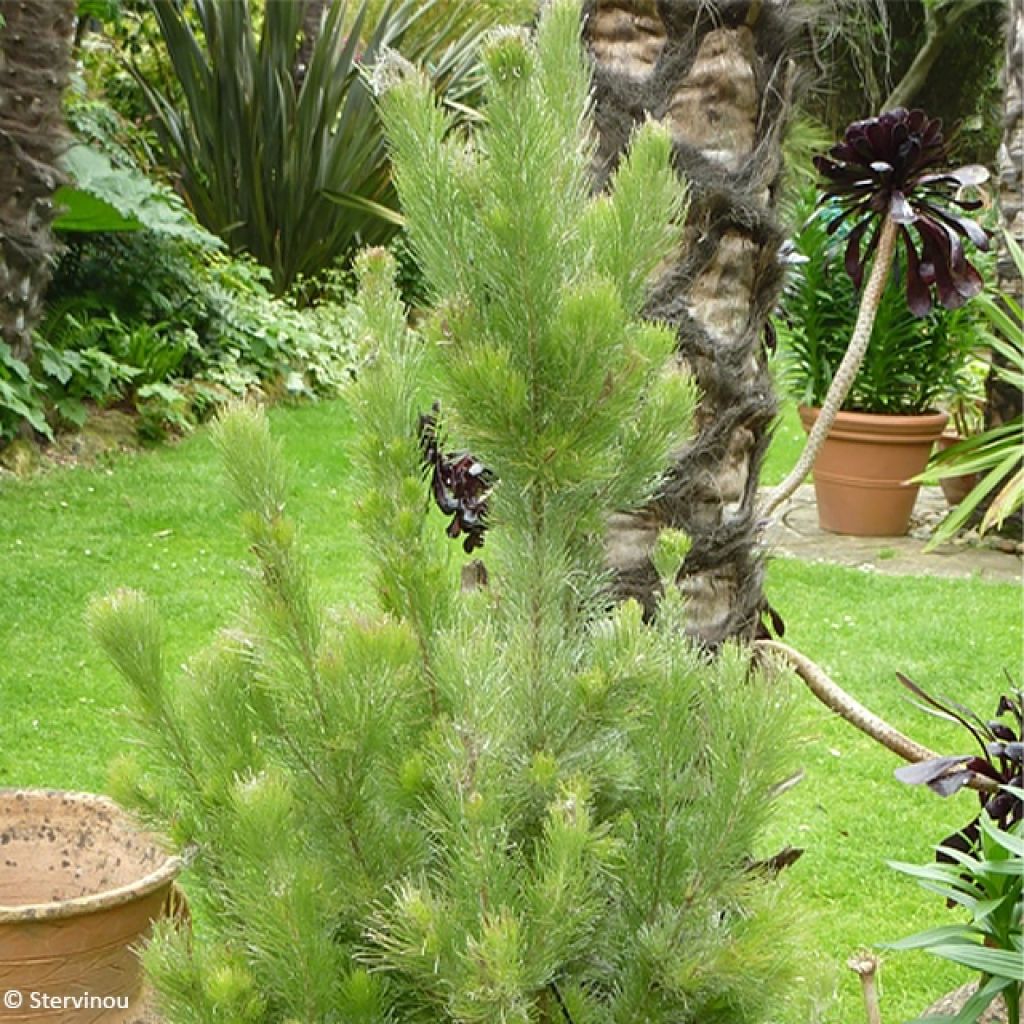

Adenanthos sericeus - Buisson laineux
Adenanthos sericeus
Adenanthos sericeus
Woolly Bush, Albany Woolly Bush, Silver Streak
Thank you to the PdF customer service for its responsiveness and the grace with which the issue was resolved.
Rose, 06/10/2022
Special offer!
Receive a €20 voucher for any order over €90 (excluding delivery costs, credit notes, and plastic-free options)!
1- Add your favorite plants to your cart.
2- Once you have reached €90, confirm your order (you can even choose the delivery date!).
3- As soon as your order is shipped, you will receive an email containing your voucher code, valid for 3 months (90 days).
Your voucher is unique and can only be used once, for any order with a minimum value of €20, excluding delivery costs.
Can be combined with other current offers, non-divisible and non-refundable.
Home or relay delivery (depending on size and destination)
Schedule delivery date,
and select date in basket
This plant carries a 24 months recovery warranty
More information
We guarantee the quality of our plants for a full growing cycle, and will replace at our expense any plant that fails to recover under normal climatic and planting conditions.

Would this plant suit my garden?
Set up your Plantfit profile →
Description
Adenanthos sericeus is an Australian bush nicknamed Woolly bush due to the feathery appearance of its silky grey-blue foliage, as soft to the touch as it is to the eye. This large evergreen bush blooms throughout the summer, adorning its foliage with tubular red to orange flowers. Native to the coastal areas of the Esperance region, it is a plant very well suited to the Mediterranean coast, both very sunny and dry in summer and spared from heavy frost in winter. This Adenanthos, which adapts well to any well-drained soil, is much easier to grow than its cousins the Proteas. Unusual and attractive, it works wonders in an exotic garden, alongside Grevillea, Callistemon, and other Mimosas. Continental gardeners will have no trouble growing it in a large pot to overwinter frost-free.
Adenanthos sericeus is a perennial shrub of the Proteaceae family. It is endemic to the southwestern regions of Australia, which are hot and dry, explaining its excellent adaptation to coastal regions which are very dry in summer, mild and humid in winter. It is found there in sandy soils or on rocky slopes, on always well-drained soils, in the sun. Adenanthos sericeus is evergreen, it keeps its leaves all year round. Its cold resistance is evaluated at -5 /-6°C at the most, for a mature subject planted in well-drained soil.
This Adenanthos forms a large bush supported by candelabra-like upright branches. It grows quite rapidly and reaches about 1.30m (4ft 4in) in height with a spread of 90cm (35.4in) to 1m in our latitudes. Its branches, hairy when young, become glabrous over time. They bear remarkable foliage, very dense, composed of finely divided leaves resembling pine needles. Very flexible, they are silky and very soft to the touch. The young shoots are a very tender green, contrasting with the mature foliage of green-grey-blue colour with silvery reflections. The drier and hotter it gets, the more the foliage will be covered with silvery bristles. Flowering occurs from June to September. Small tube-shaped flowers, bright red, are formed in the midst of the foliage, visited by pollinating insects.
Adenanthos sericeus is a plant with remarkable design, very structuring for a dry garden or a large rock garden in a mild climate. It can be planted as a standalone specimen and will work wonders in a shrub bed composed of Australian plants : Isopogon, compact Leptospermum, Grevillea, and small Callistemon will be good companions, as well as evergreen Artemisias or perennial Ceanothus, covered in blue flowers in spring. It will prefer to settle in sheltered coastal gardens, spared from heavy frost, in light, rocky, or sandy soil. Particularly suited to the Mediterranean climate, it thrives in poor, dry to arid soils and looks good as a standalone plant on large slopes or in the background of dry garden beds, always in an open position, in full sun.
Report an error about the product description
Plant habit
Flowering
Foliage
Botanical data
Adenanthos
sericeus
Proteaceae
Woolly Bush, Albany Woolly Bush, Silver Streak
Australia
Other Shrubs A to Z
View all →Planting and care
Plant Adenanthos sericeus preferably in spring or in autumn in very mild climates, in a sunny location sheltered from cold winds. This plant requires a very well-drained soil, rather poor, mineral, with a tendency to be acidic, neutral or alkaline (6.5<pH<8). It can tolerate different types of soil, even with a tendency to be alkaline, as long as they are very well-drained, rocky or sandy and do not retain too much moisture either in winter or in summer. It tolerates summer drought very well and even appreciates it once well established, as it fears the combination of heat and soil moisture in summer. A mixture of leaf compost, a little heath soil or crushed pine bark, and coarse river sand or gravel seems appropriate. Proteaceae are sensitive to excess phosphates and nitrates, so it is important to avoid giving too much fertilizer, or even not giving any at all. A small amount of dried blood applied at the base of the plant in spring is generally sufficient. While mature plants can tolerate occasional frosts down to -6°C (21.2 °F) in dry soil, young plants should be protected from frost during their first few years, either in a frost-free location in cool climates or under a winter cover in regions with mild winters.
For container cultivation, which can be a bit delicate, it is important to avoid overwatering, both in winter and during the growing season. Use a very well-draining mixture and allow it to dry out between waterings, even in summer. Adenanthos can be pruned after flowering, but never down to the stump, as it is unable to regenerate from its roots like proteas.
Planting period
Intended location
Care
-
, onOrder confirmed
Reply from on Promesse de fleurs
Similar products
Haven't found what you were looking for?
Hardiness is the lowest winter temperature a plant can endure without suffering serious damage or even dying. However, hardiness is affected by location (a sheltered area, such as a patio), protection (winter cover) and soil type (hardiness is improved by well-drained soil).

Photo Sharing Terms & Conditions
In order to encourage gardeners to interact and share their experiences, Promesse de fleurs offers various media enabling content to be uploaded onto its Site - in particular via the ‘Photo sharing’ module.
The User agrees to refrain from:
- Posting any content that is illegal, prejudicial, insulting, racist, inciteful to hatred, revisionist, contrary to public decency, that infringes on privacy or on the privacy rights of third parties, in particular the publicity rights of persons and goods, intellectual property rights, or the right to privacy.
- Submitting content on behalf of a third party;
- Impersonate the identity of a third party and/or publish any personal information about a third party;
In general, the User undertakes to refrain from any unethical behaviour.
All Content (in particular text, comments, files, images, photos, videos, creative works, etc.), which may be subject to property or intellectual property rights, image or other private rights, shall remain the property of the User, subject to the limited rights granted by the terms of the licence granted by Promesse de fleurs as stated below. Users are at liberty to publish or not to publish such Content on the Site, notably via the ‘Photo Sharing’ facility, and accept that this Content shall be made public and freely accessible, notably on the Internet.
Users further acknowledge, undertake to have ,and guarantee that they hold all necessary rights and permissions to publish such material on the Site, in particular with regard to the legislation in force pertaining to any privacy, property, intellectual property, image, or contractual rights, or rights of any other nature. By publishing such Content on the Site, Users acknowledge accepting full liability as publishers of the Content within the meaning of the law, and grant Promesse de fleurs, free of charge, an inclusive, worldwide licence for the said Content for the entire duration of its publication, including all reproduction, representation, up/downloading, displaying, performing, transmission, and storage rights.
Users also grant permission for their name to be linked to the Content and accept that this link may not always be made available.
By engaging in posting material, Users consent to their Content becoming automatically accessible on the Internet, in particular on other sites and/or blogs and/or web pages of the Promesse de fleurs site, including in particular social pages and the Promesse de fleurs catalogue.
Users may secure the removal of entrusted content free of charge by issuing a simple request via our contact form.
The flowering period indicated on our website applies to countries and regions located in USDA zone 8 (France, the United Kingdom, Ireland, the Netherlands, etc.)
It will vary according to where you live:
- In zones 9 to 10 (Italy, Spain, Greece, etc.), flowering will occur about 2 to 4 weeks earlier.
- In zones 6 to 7 (Germany, Poland, Slovenia, and lower mountainous regions), flowering will be delayed by 2 to 3 weeks.
- In zone 5 (Central Europe, Scandinavia), blooming will be delayed by 3 to 5 weeks.
In temperate climates, pruning of spring-flowering shrubs (forsythia, spireas, etc.) should be done just after flowering.
Pruning of summer-flowering shrubs (Indian Lilac, Perovskia, etc.) can be done in winter or spring.
In cold regions as well as with frost-sensitive plants, avoid pruning too early when severe frosts may still occur.
The planting period indicated on our website applies to countries and regions located in USDA zone 8 (France, United Kingdom, Ireland, Netherlands).
It will vary according to where you live:
- In Mediterranean zones (Marseille, Madrid, Milan, etc.), autumn and winter are the best planting periods.
- In continental zones (Strasbourg, Munich, Vienna, etc.), delay planting by 2 to 3 weeks in spring and bring it forward by 2 to 4 weeks in autumn.
- In mountainous regions (the Alps, Pyrenees, Carpathians, etc.), it is best to plant in late spring (May-June) or late summer (August-September).
The harvesting period indicated on our website applies to countries and regions in USDA zone 8 (France, England, Ireland, the Netherlands).
In colder areas (Scandinavia, Poland, Austria...) fruit and vegetable harvests are likely to be delayed by 3-4 weeks.
In warmer areas (Italy, Spain, Greece, etc.), harvesting will probably take place earlier, depending on weather conditions.
The sowing periods indicated on our website apply to countries and regions within USDA Zone 8 (France, UK, Ireland, Netherlands).
In colder areas (Scandinavia, Poland, Austria...), delay any outdoor sowing by 3-4 weeks, or sow under glass.
In warmer climes (Italy, Spain, Greece, etc.), bring outdoor sowing forward by a few weeks.































